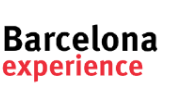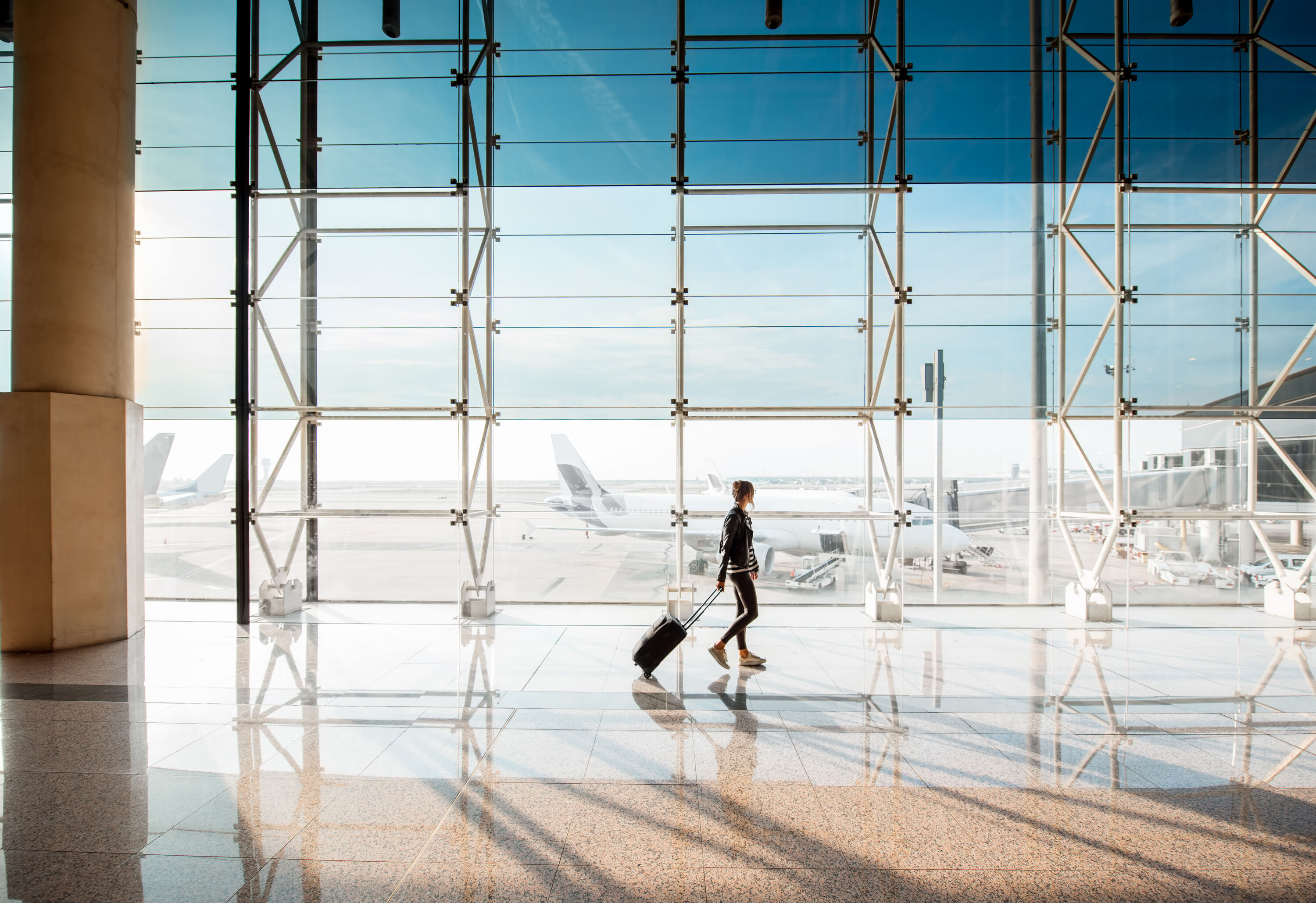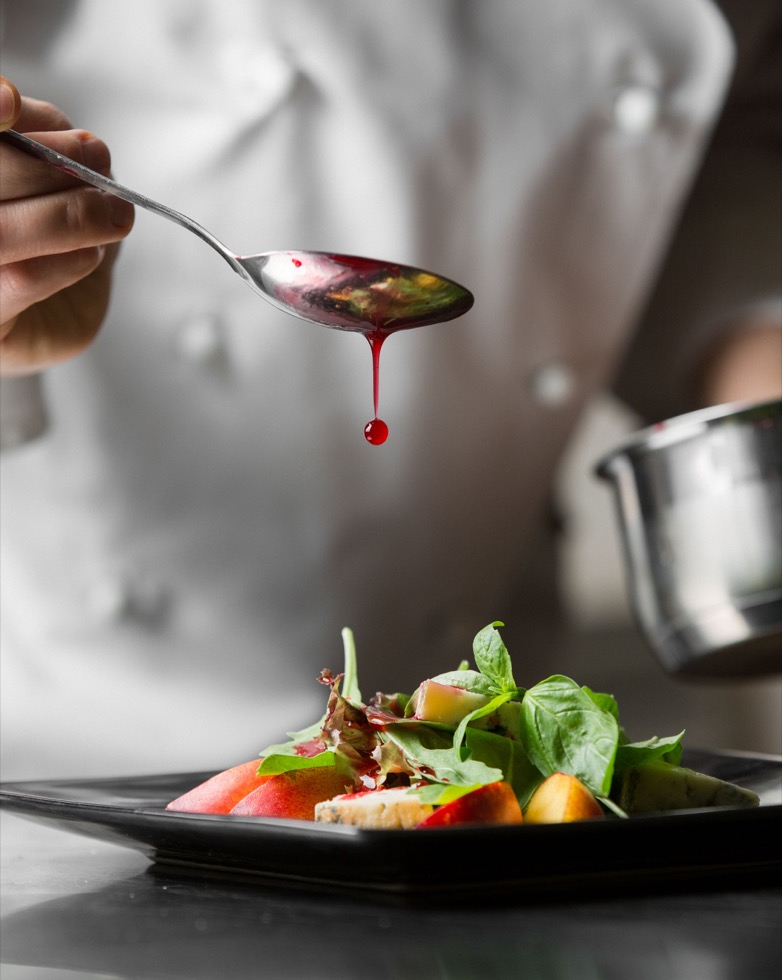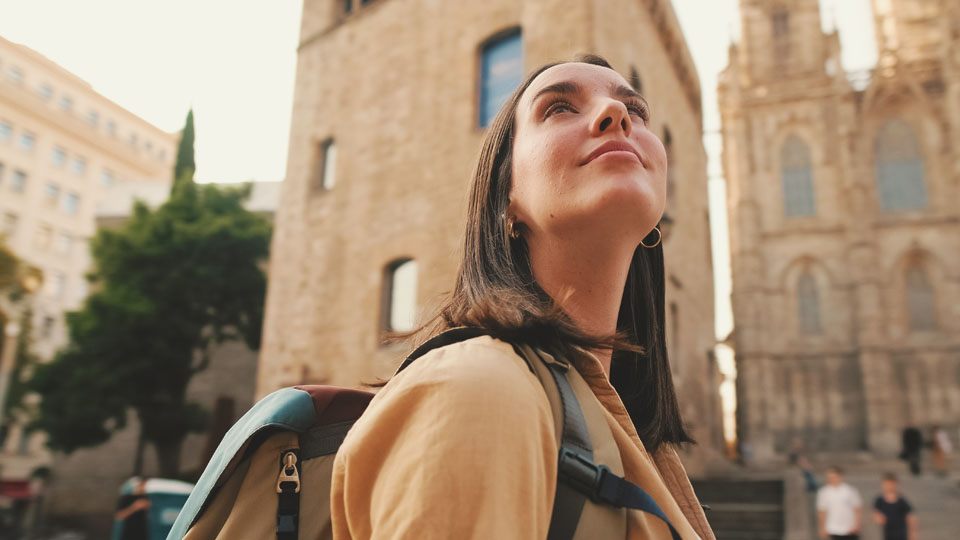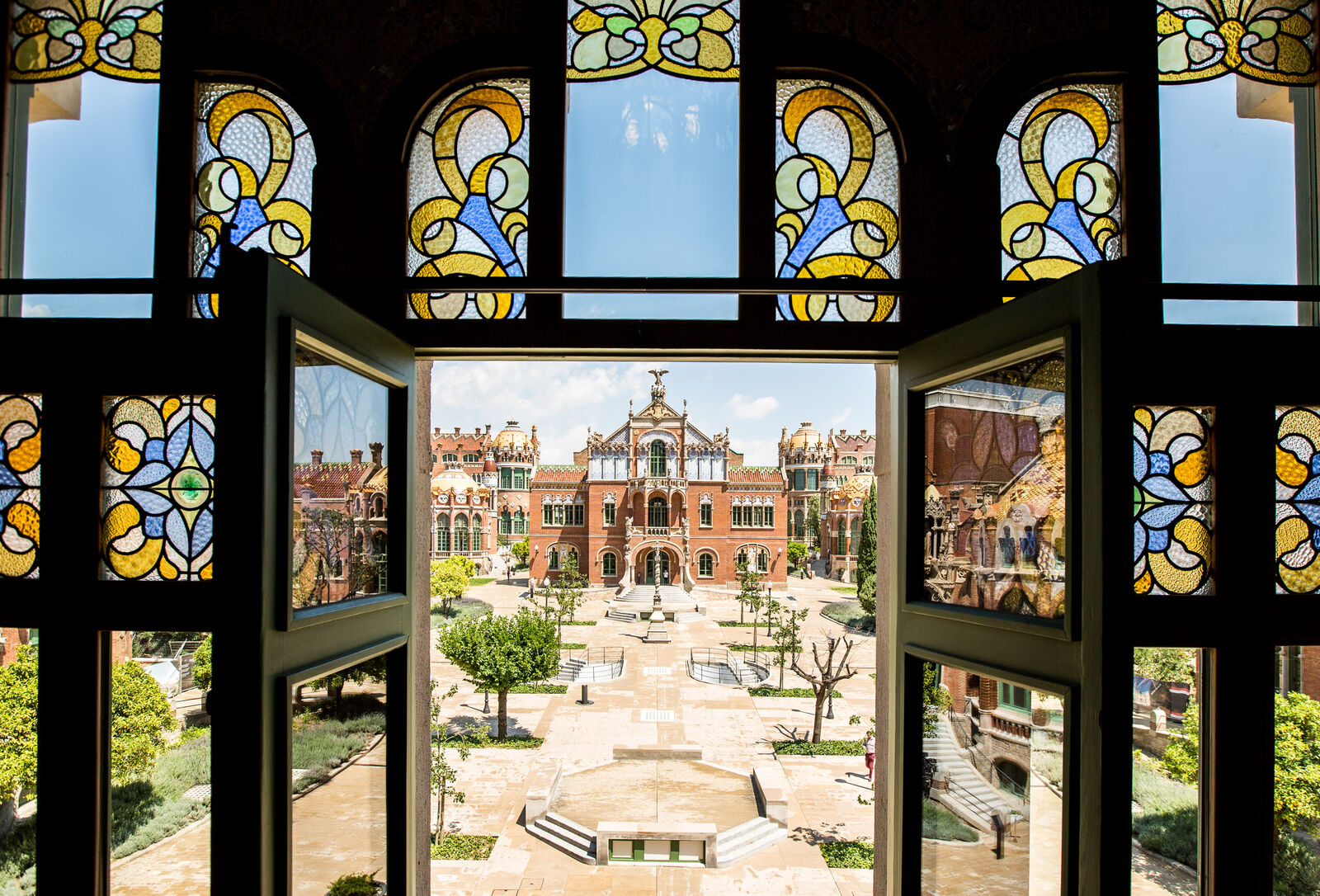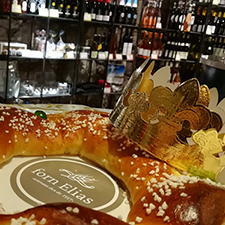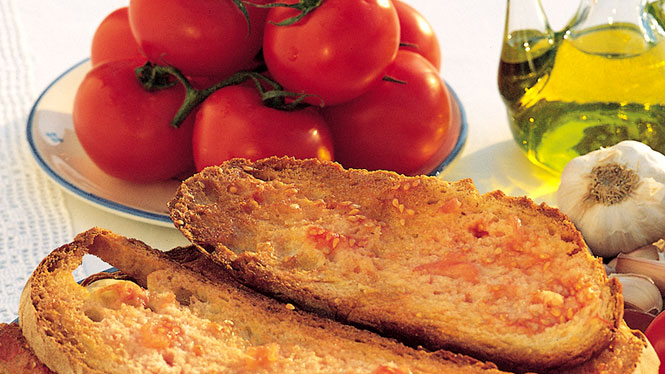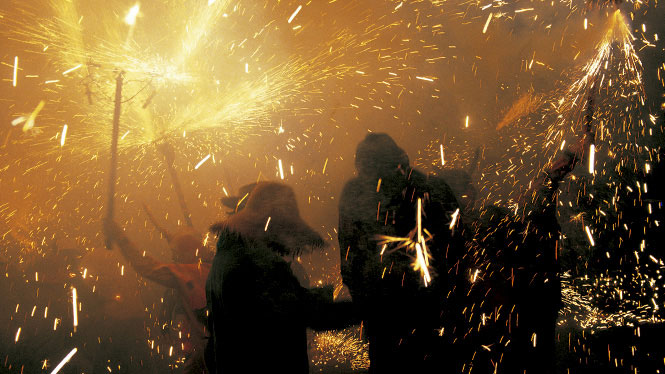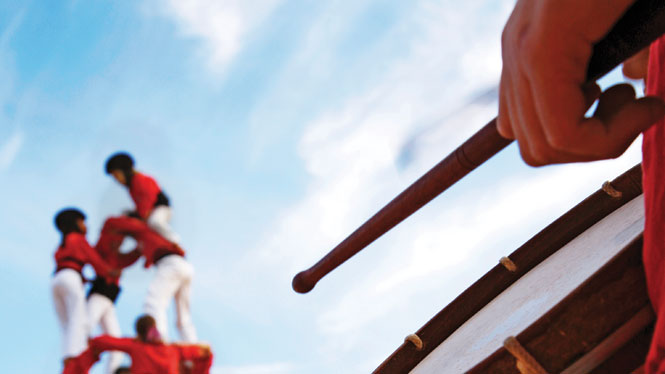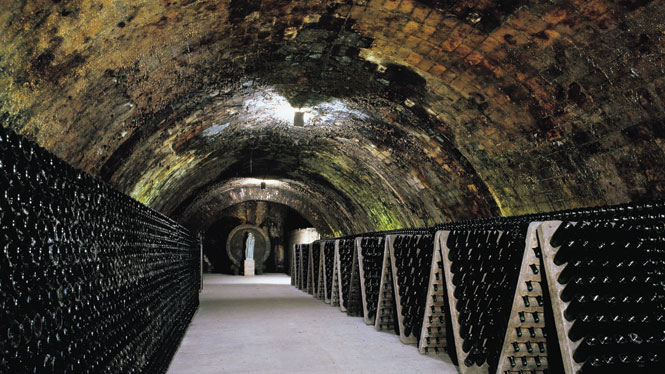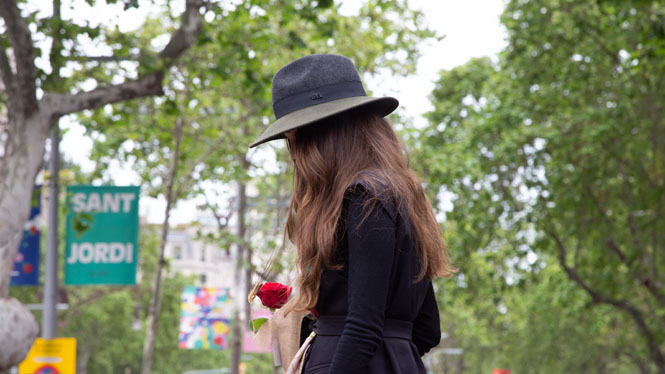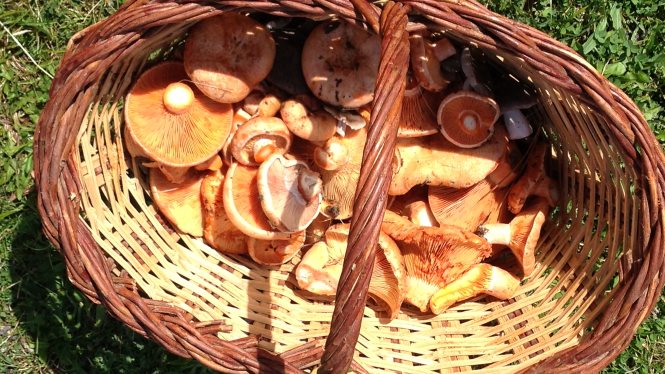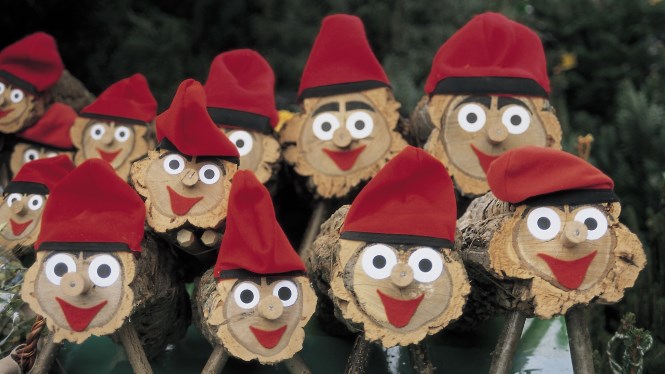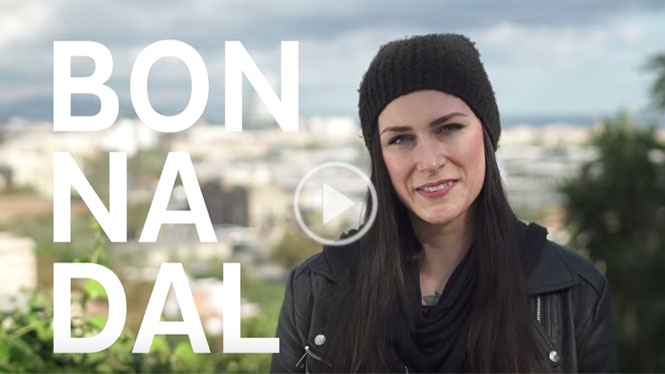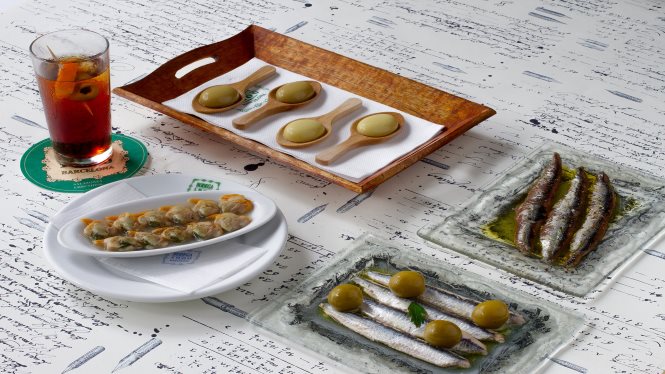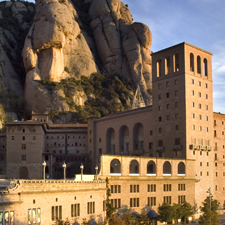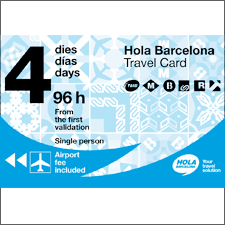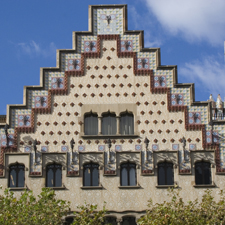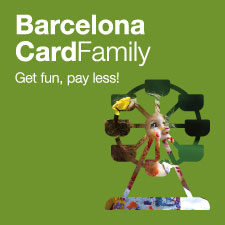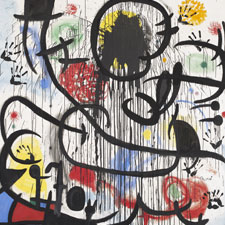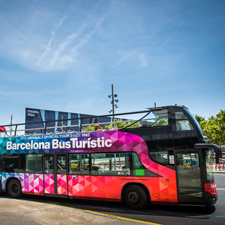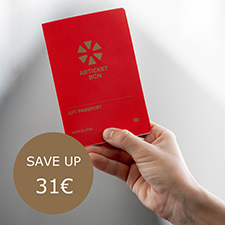Result of your search for "tradition"
-
The sacred principles of pa amb tomàquet
If you ask any Barcelona local to name the best Catalan invention of all time, nine out of ten will probably reply "el pa amb tomàquet!" (bread rubbed with tomato). More than a simple recipe, culinary technique or custom, the gesture of rubbing tomato on a piece of bread is a sign of Catalan identity.
-
Experience La Mercè festival like one of the locals
If you're thinking of heading to Barcelona for a break in September, there are five key dates on the calendar when the city opens its doors and celebrates its festivals in style. The Catalan capital dresses up for the occasion to pay tribute to the Mare de Déu de la Mercè, patron saint of Barcelona since 1687.
-
Sants Festival how to become one of the locals
In summer, in June and September, Barcelona's former villages host their neighbourhood festivals. They are the perfect excuse to visit the city and lose yourself in its districts that are dressed up to the nines. The Sants Festival keeps alive the spirit of a major festival that used to be held in honour of Saint Bartholomew, the patron saint of the former village of Sants.
-
If anything defines Catalonia, it's its vineyards which not only shape its landscape but the very essence of its nature, traditions and historic legacy. Just a short distance from Barcelona, 30 minutes by road, you can immerse yourself in the counties of Alt Penedès, Anoia, Baix Llobregat, Baix Penedès and Garraf, which make up the Penedès region, which is famed around the world for its wines and cavas.
-
23rd April Sant Jordi Find out why you'll want to be in Barcelona
There's one day every year when travellers and visitors to Barcelona feel like they're on another planet. This is a day when Barcelona is suffused with a different atmosphere and it seems that everybody heads to the streets. So if you're planning on coming to Barcelona and your visit coincides with 23rd April, you're in luck! You'll experience the city on what is arguably the Barcelonians' most cherished day.
-
If you're someone who enjoys savouring every trip to the full, this is unquestionably your time of year to visit Barcelona. Every year, with the first autumn rains, Catalonia undergoes a cultural and culinary transformation focusing on a food that is an intrinsic part of its identity: mushrooms.
-
Christmas in Barcelona you can't imagine all the surprises there are in store
Christmas is the time of year when families get together again, a time for Christmas fairs, lights, presents and good wishes. In Barcelona, we also celebrate traditions in a different and unique way. We put together Nativity scenes, we beat a log with a smiley face, known as the tió, until gifts pop out from under him, we are visited by the home dels Nassos, or man with the noses, who has as many noses as there are days of the year, and we eat a type of nougat called turrón and tubular wafers, known as neules,... Come and discover them!
-
Useful vocabulary to spend Chirstmas in Barcelona.
-
On the vermouth trail discover some of the best places to have an aperitif
Do you want to feel like a true Barcelonian? Well, if you do, you can't miss out on going for a vermut. For years this aromatic, herby wine has been the favourite Sunday pre-lunch tipple with local families.


